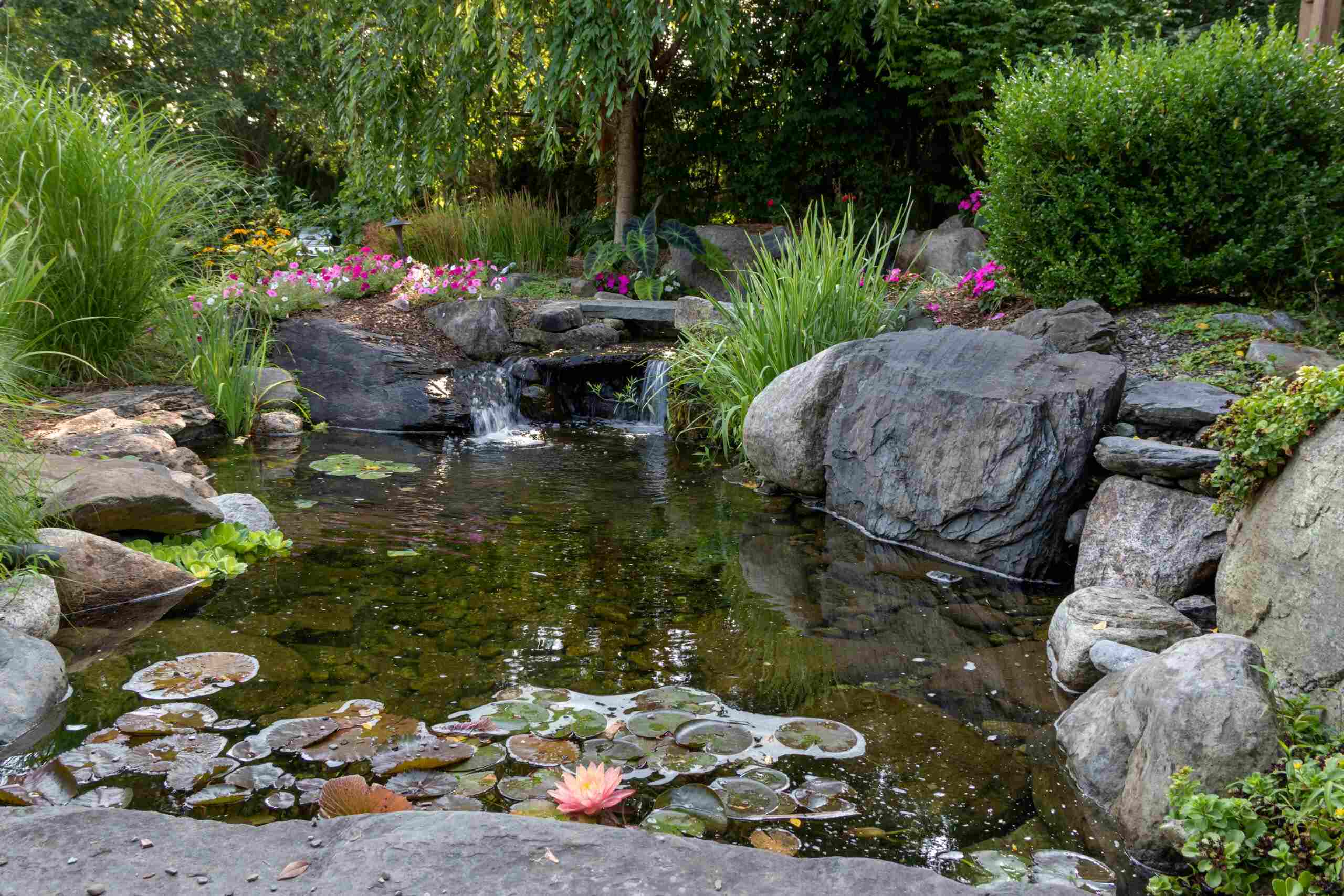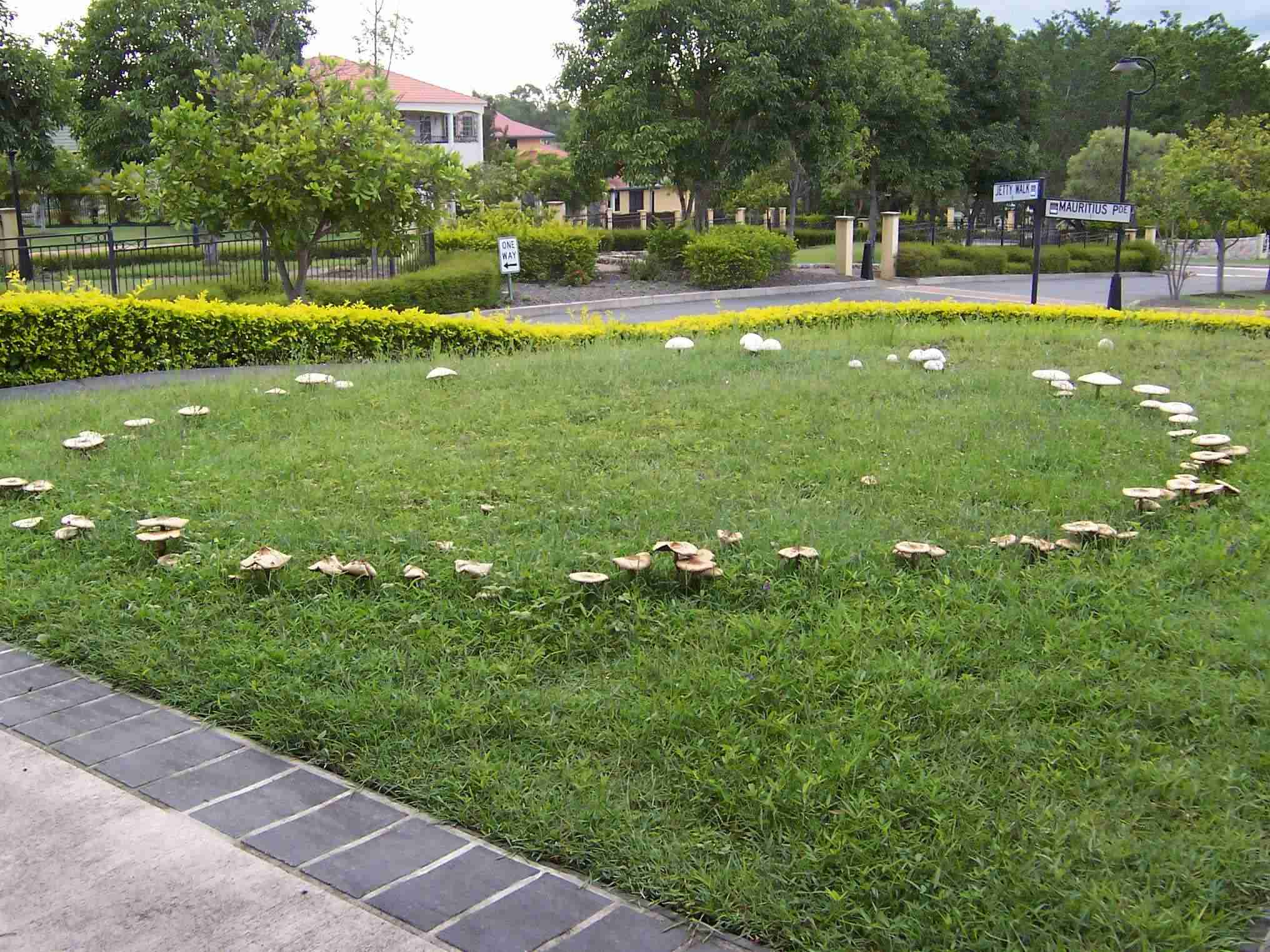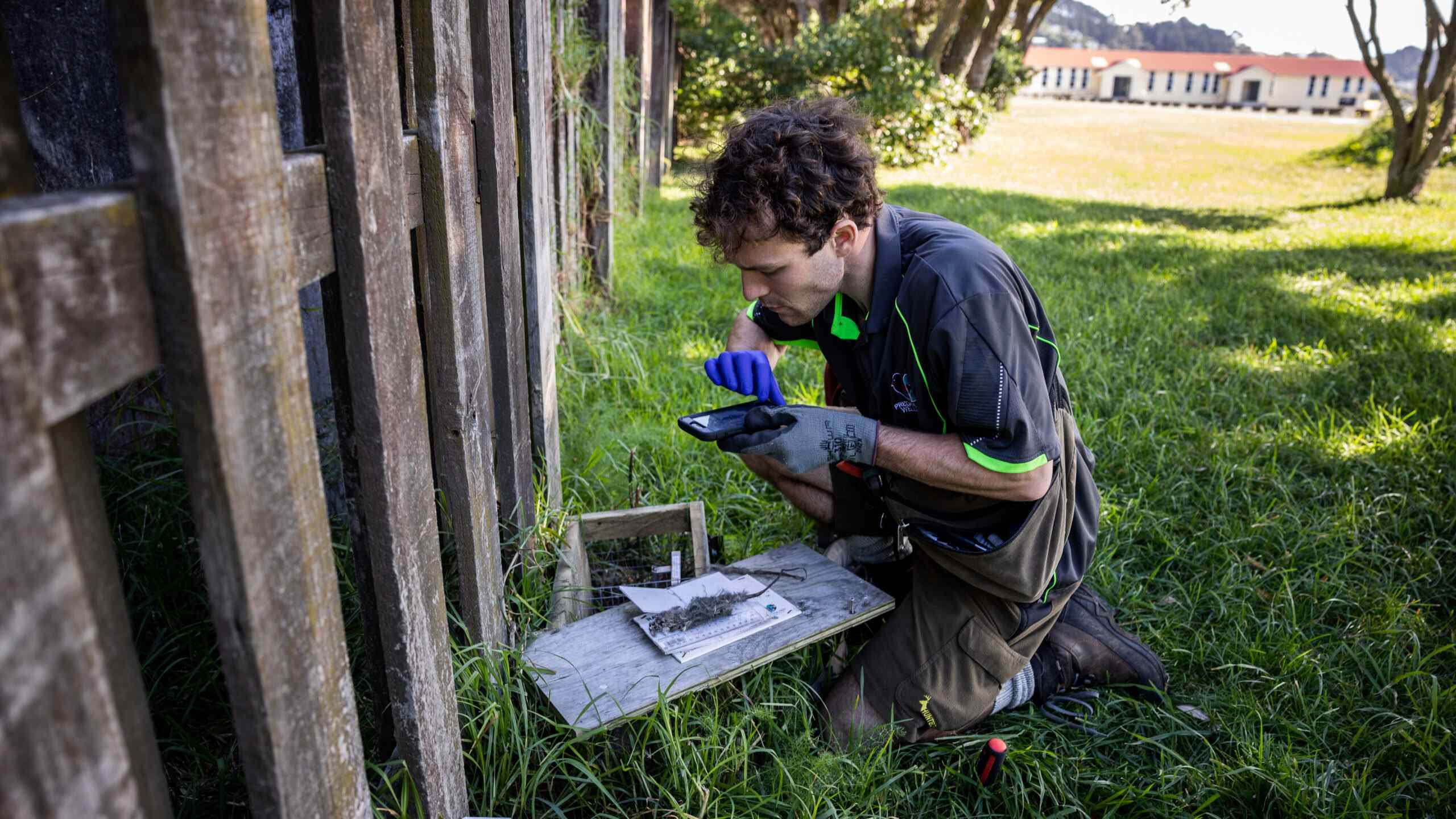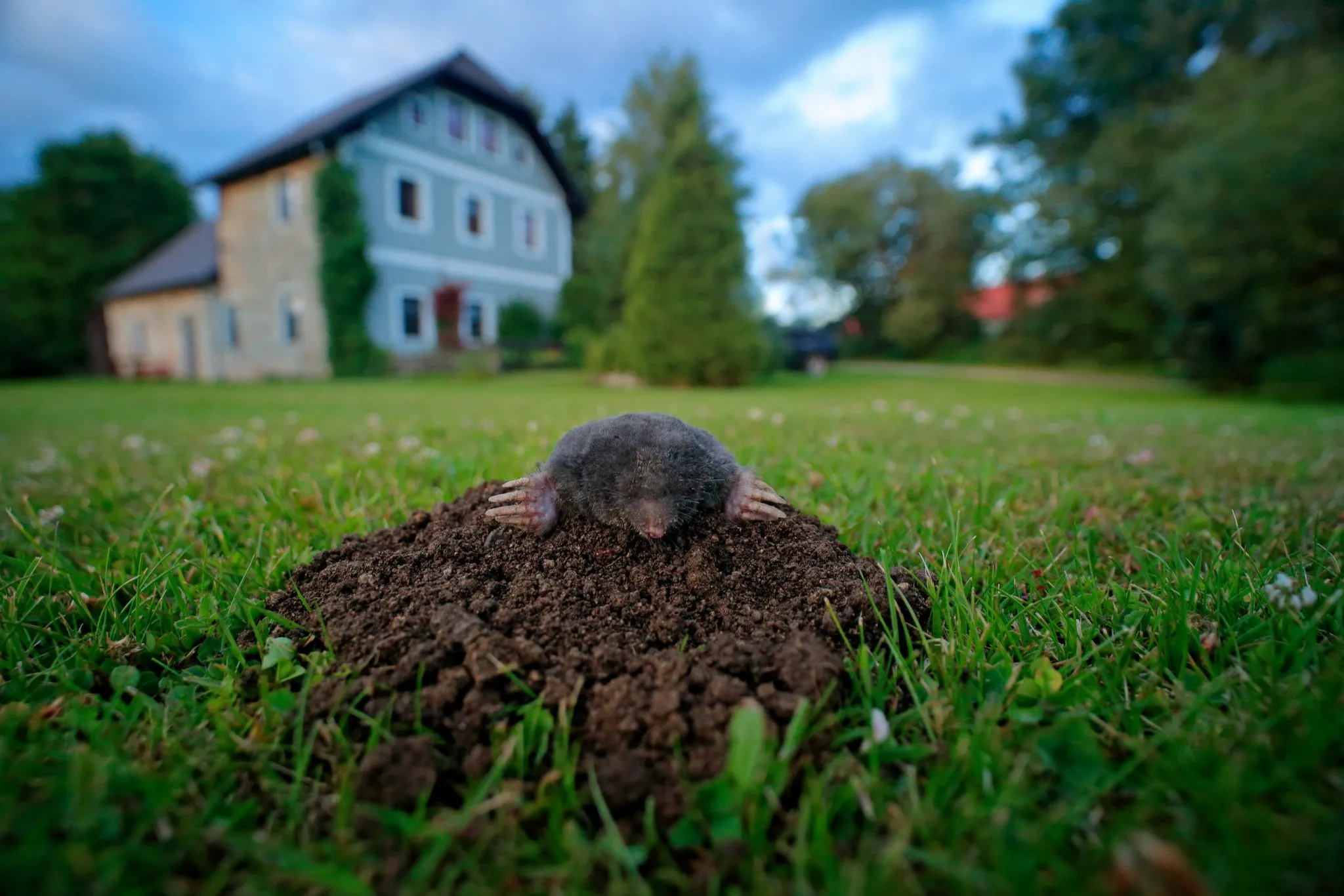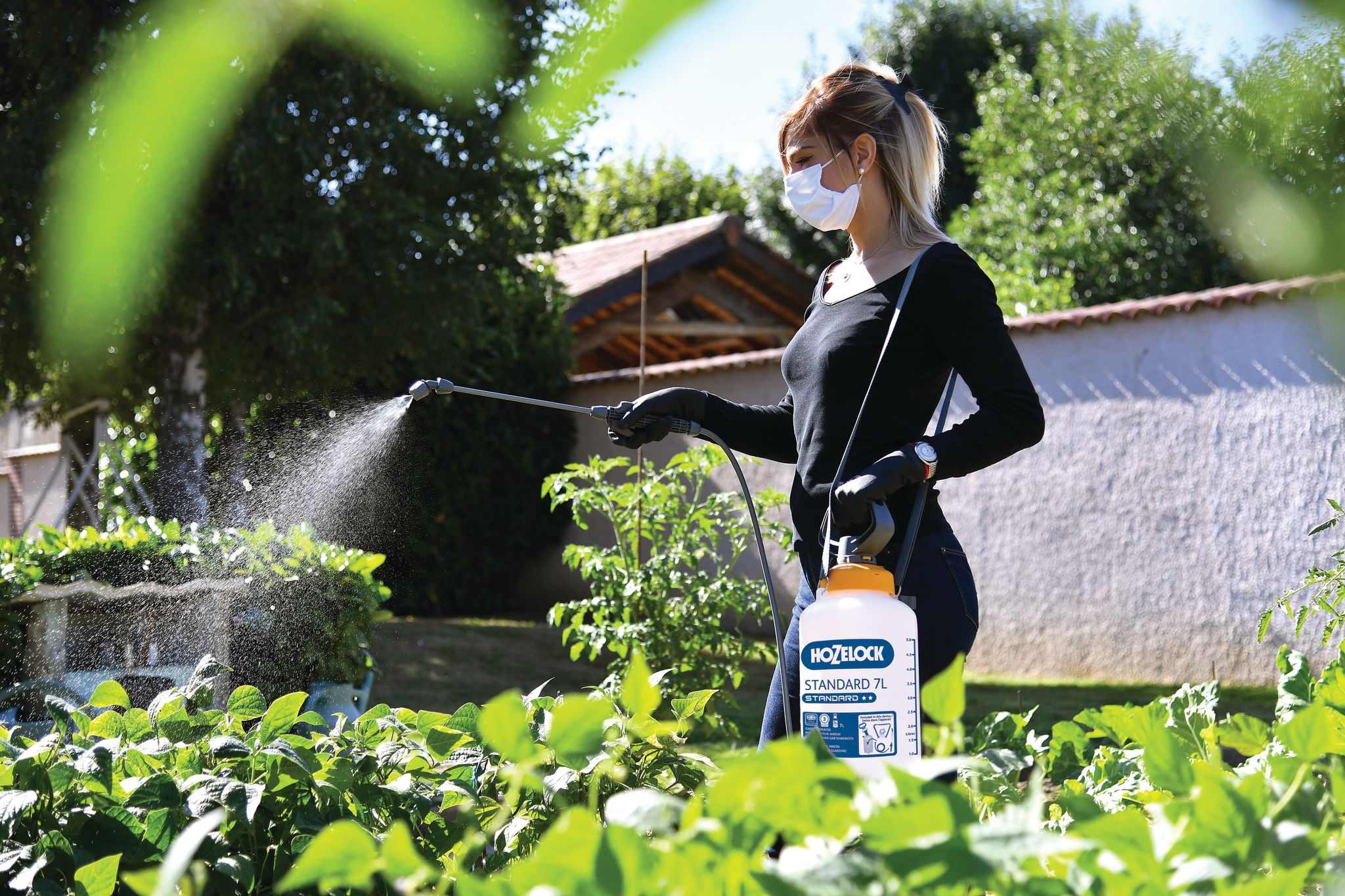Home>Gardening Tips and Tricks>How To Get Rid Of Gophers In Your Backyard


Gardening Tips and Tricks
How To Get Rid Of Gophers In Your Backyard
Published: August 5, 2023
Learn effective problem solving techniques to get rid of gophers in your backyard and reclaim your outdoor space.
(Many of the links in this article redirect to a specific reviewed product. Your purchase of these products through affiliate links helps to generate commission for Chicagolandgardening.com, at no extra cost. Learn more)
Table of Contents
Introduction
Gophers can be a persistent problem in many backyards, wreaking havoc on gardens and lawns. These small burrowing rodents are known for their ability to dig extensive networks of tunnels underground, which can damage the roots of plants and create unsightly mounds of dirt on the surface. Dealing with a gopher infestation can be frustrating, but with the right approach, you can effectively get rid of these pests and reclaim your backyard.
Understanding the habits and behavior of gophers is key to successful gopher control. These creatures are herbivores that primarily feed on plants, including trees, shrubs, and grasses. They are particularly active during the spring and fall seasons when they are busy foraging for food and preparing nests for breeding. Identifying the signs of gopher infestation, such as fresh mounds of dirt, gnawed tree roots, and plants being pulled underground, can help you determine whether you have a gopher problem in your backyard.
Prevention is often the first line of defense against gophers. By implementing some simple measures to deter gophers from entering your yard in the first place, you can greatly reduce the chances of an infestation. However, if you already have gophers in your backyard, there are a variety of natural and chemical methods you can use to control them.
In this article, we will explore various techniques and strategies to get rid of gophers in your backyard. From natural remedies to professional extermination services, you will learn how to effectively deal with these pesky rodents and prevent them from causing further damage to your outdoor space.
Understanding Gophers
Gophers are small, burrowing rodents that belong to the family Geomyidae. These creatures are commonly found in North America, where they inhabit a wide range of habitats, including grasslands, meadows, and gardens. While gophers are similar in appearance to mice and rats, they have several distinct characteristics that set them apart.
One of the most notable features of gophers is their strong, stocky build. They have short necks, broad heads, and powerful forelimbs adapted for digging. Their front paws are equipped with long claws that enable them to efficiently excavate burrows underground. Gophers also have small eyes and ears, which are partially concealed by fur to protect them from soil and debris while digging.
These rodents are renowned for their extensive tunneling systems. Gophers create a network of burrows underground that can span several hundred feet in total length. The tunnels typically have an interconnected structure, allowing gophers to move between them and access different parts of their territory. Gopher burrows can be identified by the characteristic crescent-shaped mounds of freshly dug soil that appear on the surface.
Gophers are herbivorous animals, primarily feeding on plant materials. They consume a variety of vegetation, including roots, bulbs, stems, and leaves. The majority of their diet consists of underground portions of plants, which they reach by digging tunnels directly beneath them. This feeding behavior can result in damage to lawns, gardens, and agricultural fields, making gophers a nuisance for homeowners and farmers alike.
It’s important to note that gophers play a crucial role in their ecosystems. They aerate the soil and contribute to nutrient cycling through their burrowing activities. Additionally, they serve as prey for predators such as snakes, owls, and foxes. However, when gopher populations become too large and their burrowing habits encroach upon human landscapes, it becomes necessary to address the issue to prevent further damage.
Now that you have a better understanding of gophers and their behavior, the next step is to learn how to identify the signs of a gopher infestation in your backyard. By recognizing these signs, you can take appropriate measures to control the population and minimize the impact on your outdoor space.
Signs of Gopher Infestation
Identifying the signs of a gopher infestation in your backyard is essential for effective control and prevention. By recognizing these signs early on, you can take prompt action to minimize the damage caused by these burrowing rodents. Here are some common indicators that you may have gophers in your yard:
- Mounds of fresh soil: Gophers dig extensive tunnel systems underground, pushing out soil as they excavate. This results in distinctive crescent-shaped mounds of fresh soil on the surface. These mounds are typically arched and have a plugged hole in the center. The appearance of new mounds is a clear sign of gopher activity.
- Gnawed tree roots: Gophers feed on the roots of various plants, including trees and shrubs. If you notice visible signs of gnawing on roots near the surface, it could be an indication of gopher activity. Look for freshly chewed or damaged roots in your garden or near the gopher mounds.
- Plants being pulled underground: Gophers pull entire plants underground through their tunnels to consume them later. This can result in plants mysteriously disappearing from your garden. Look for signs of plants being uprooted or missing, especially in the vicinity of gopher mounds.
- Visible tunnel entrances: Gopher tunnels may have openings on the surface, especially near the mounds. These openings are usually plugged with soil, which provides a way for the gophers to enter and exit their burrows. If you see small, round holes with fresh soil around them, it indicates gopher activity.
- Wilting or dying plants: Gophers can cause damage to plants by severing their roots or consuming their underground parts. If you notice plants in your garden suddenly wilting, showing stunted growth, or dying for no apparent reason, gophers might be the culprits. Check the roots and soil around the affected plants for signs of gopher damage.
It is important to note that these signs may vary depending on the severity of the infestation and the behavior of gophers in your area. Regular monitoring of your backyard and prompt identification of these signs will enable you to take swift action to control the gopher population and protect your plants and landscaping.
Prevention Measures
Taking preventative measures is key to avoiding a gopher infestation in the first place. By implementing these strategies, you can create a less appealing environment for gophers and reduce the likelihood of them making their home in your backyard. Here are some effective prevention measures:
- Fencing: Installing a gopher-proof fence around your garden or yard can help keep these rodents out. Use chicken wire or hardware cloth with small openings (no larger than 1 inch) buried at least 12 inches deep and extending above the ground to deter gophers from burrowing under or climbing over the fence.
- Landscaping modifications: Gophers are attracted to lush vegetation, so consider minimizing the amount of ornamental plants, shrubs, and groundcovers in your yard. Instead, opt for gopher-resistant plants, such as native species or those with strongly scented foliage, which are less likely to be targeted by gophers.
- Tidy garden maintenance: Keep your garden area clear of debris, fallen leaves, and excess mulch, as these can provide cover and harborage for gophers. Regularly remove weeds, as they can attract gophers by providing a food source and creating hiding spots.
- Repellents: Certain natural repellents, such as castor oil-based products, can be used to deter gophers. These repellents create an unpleasant scent or taste that gophers dislike, encouraging them to move away from your garden. Follow the manufacturer’s instructions for proper application.
- Burrowing barriers: Placing wire mesh or hardware cloth at the bottom of raised beds, planters, or beneath vulnerable plants can create a barrier that prevents gophers from burrowing into the root zone. Ensure that the barrier is buried at least 12 inches deep to be effective.
- Regular inspection: Periodically inspect your yard for signs of gopher activity, such as fresh mounds or gnawed roots. By catching and addressing the issue early on, you can prevent a full-blown infestation.
It’s important to note that while prevention measures can significantly reduce the chances of a gopher infestation, they may not guarantee complete protection. Gophers are persistent creatures and can find their way into your yard despite your best efforts. In such cases, you may need to employ additional control methods to manage the gopher population effectively. The next sections will provide you with various natural and chemical control techniques to consider.
Natural Methods to Control Gophers
If you prefer to use environmentally friendly methods to control gophers in your backyard, there are several natural approaches you can try. These methods aim to deter or repel gophers without causing harm to them or the environment. Here are some effective natural methods for gopher control:
- Plant gopher-repellent species: Certain plants are known to repel gophers due to their strong scent or taste. Examples include garlic, daffodils, crown imperials, and castor bean plants. Planting these around your garden can help deter gophers.
- Use predator urine: Gophers are wary of predators. Spraying or spreading predator urine, such as that from foxes or coyotes, around the perimeter of your yard can create a deterrent effect. However, keep in mind that the scent may dissipate over time and require reapplication.
- Install owl or hawk perches: Owls and hawks are natural predators of gophers. Installing perches or nesting boxes in your yard can attract these birds of prey, which may help control the gopher population by hunting them.
- Use sonic or vibration devices: Gophers are sensitive to sound and vibrations. Sonic devices that emit high-frequency sounds or vibrating stakes can disrupt their burrowing behavior and encourage them to relocate.
- Introduce natural predators: Consider introducing natural predators of gophers into your yard, such as domestic cats or certain breeds of dogs that are known for their hunting instincts. However, be cautious and ensure that these predators do not pose a threat to other wildlife or become a nuisance themselves.
- Create barriers: Physical barriers can prevent gophers from accessing specific areas. For example, burying mesh or wire cloth at least 2 feet deep around garden beds can deter gophers from burrowing into the root zone.
- Regular maintenance: Keeping your yard well-maintained can make it less attractive to gophers. Remove weeds, fallen fruits or vegetables, and other potential food sources. Regularly mow the lawn and trim vegetation to decrease hiding spots.
It’s important to note that natural methods may not provide instantaneous results and may require persistence and experimentation. If you have a significant gopher infestation, utilizing a combination of natural methods or combining them with other control techniques might yield better results. In the following sections, we will explore trapping and removal techniques, as well as chemical solutions for gopher control.
Trapping and Removal Techniques
Trapping is a commonly used method for gopher control, as it allows you to physically remove the rodents from your yard. Trapping can be an effective solution, especially if you prefer a humane and non-toxic approach. Here are some techniques to consider for trapping and removing gophers:
- Traditional box traps: Box traps are designed to capture gophers without harming them. These traps consist of a wooden or metal box with a mechanism that triggers the door to close when the gopher enters. Place the trap in an active gopher tunnel and monitor it regularly to release captured gophers at a suitable location away from your property.
- Wire loop traps: Wire loop traps are another effective trapping method. These traps have a loop that is set up in an active gopher tunnel, and when the gopher passes through, it triggers the loop to close around it. Check the traps frequently and release trapped gophers as necessary.
- Mole traps: Although designed for moles, certain types of mole traps can also be effective for trapping gophers. These traps are set in the gopher tunnel, and when triggered, the spring-loaded mechanism captures the gopher. Consult a professional or follow manufacturer instructions for proper usage.
- Live cage traps: Live cage traps can be an alternative option for removing gophers without causing harm. Place food bait inside the trap and position it near an active gopher tunnel entrance. Once the gopher enters the trap, close the door and release it in a suitable habitat away from your property.
When using traps, it’s essential to follow local regulations and guidelines for trapping and releasing wildlife. Additionally, it may be necessary to monitor multiple tunnels and relocate traps regularly to increase your chances of success.
It’s important to note that trapping can be time-consuming and may require patience. Gophers are wary creatures, and it may take several attempts to successfully trap them. If trapping does not yield the desired results, or if the gopher infestation is extensive, you may need to consider other control methods, including chemical solutions.
In the next section, we will explore chemical options for gopher control, highlighting their benefits, precautions, and considerations.
Chemical Solutions for Gopher Control
If natural and trapping methods have not been effective in controlling gopher populations in your backyard, you may consider using chemical solutions as an alternative. Chemical methods can provide quicker and more extensive control, but it’s important to use them responsibly and follow all safety precautions. Here are some chemical solutions for gopher control:
- Gopher smoke bombs: Gopher smoke bombs are designed to emit toxic gases into gopher tunnels, suffocating them and forcing them to leave. To use this method, locate an active tunnel and carefully follow the instructions on the smoke bomb product. It is crucial to exercise caution and pay attention to wind conditions, ensuring that the smoke does not blow back towards you.
- Gopher baits and poisons: Some chemical baits and poisons are available for gopher control. These products contain toxic ingredients that are attractive to gophers. When ingested, the baits or poisons can be lethal. It is important to follow the instructions provided by the manufacturer, including placement, handling, and safety precautions. Take care to keep these products away from children, pets, and non-target animals.
- Gas cartridges: Gas cartridges are inserted into gopher tunnels and release toxic gas when ignited, effectively eliminating gophers in their burrows. This method requires proper application and use of caution, as gas cartridges emit toxic fumes and can be a fire hazard. Follow all instructions and safety guidelines provided by the manufacturer.
- Gopher repellents: Chemical repellents are available that are designed to deter gophers from your yard. These products work by emitting unpleasant scents or tastes that make the area unattractive to gophers. Follow the instructions provided on the repellent product and consider reapplying as needed, especially after rain or irrigation.
When using chemical solutions, it is essential to prioritize safety. Always read and follow the instructions on the product labels carefully. Take precautions to prevent accidental exposure or ingestion. Keep in mind that chemical methods may have limitations, and gophers in your area may develop resistance to certain products over time.
If you are unsure about using chemical solutions or if you have concerns about their potential impact on the environment or other animals, it may be wise to consult with a professional gopher exterminator. They can provide expert advice and offer targeted solutions tailored to your specific needs.
Now that you have learned about trapping, natural methods, and chemical options for gopher control, you can make an informed decision on which approach best suits your situation. Remember to take into account the severity of the infestation, potential risks, and your personal preferences when choosing a method to effectively manage gophers in your backyard.
Hiring Professional Gopher Exterminators
If you have attempted various methods to control gophers in your backyard but have not achieved satisfactory results, or if the infestation seems too extensive to handle on your own, it may be time to consider hiring professional gopher exterminators. These experts specialize in gopher control and have the experience, knowledge, and tools to effectively manage the problem. Here are some reasons why hiring professional exterminators may be beneficial:
- Expertise and experience: Professional gopher exterminators are trained in identifying gopher behavior, locating active tunnels, and implementing effective control methods. They have the expertise and experience to assess the severity of the infestation and develop a targeted plan to eliminate the gophers.
- Specialized equipment and techniques: Professional exterminators have access to specialized equipment and techniques that may not be readily available to homeowners. They utilize traps, baits, repellents, and other control methods that are proven to be effective in gopher control.
- Efficiency and time-saving: Gopher control can be a time-consuming process, requiring regular monitoring, trap setting, and maintenance. Professional exterminators can take care of these tasks efficiently, saving you time and effort.
- Guaranteed results: Many professional extermination services offer guarantees for their work. This means that if the gopher problem persists or returns after treatment, they will come back to address it at no additional cost. This provides peace of mind and assurance that the issue will be resolved effectively.
- Safe and responsible methods: Professional exterminators are trained in the proper handling and application of chemicals, ensuring the safety of both humans and the environment. They follow industry standards and regulations to minimize the impact on non-target animals and ecosystems.
When hiring professional exterminators, it’s important to choose reputable and licensed professionals. Research different companies, read reviews, and ask for recommendations from friends or neighbors who have dealt with similar issues. Additionally, request a detailed estimate and ask about their approach to gopher control, including the methods used and any guarantees provided.
Professional gopher exterminators can provide a comprehensive and tailored solution to your gopher problem. By entrusting the task to experts, you can be confident that the infestation will be properly addressed, allowing you to enjoy your backyard without the worry of gopher damage.
Conclusion
Gopher infestations can be a frustrating and damaging problem in your backyard, but with the right approach, they can be effectively controlled. Understanding the behavior and signs of gophers is the first step in successful gopher control. By recognizing their presence and taking preventative measures, such as fencing and landscaping modifications, you can reduce the likelihood of an infestation.
If gophers have already infiltrated your yard, there are various natural methods you can employ to deter them, including planting gopher-repellent species, using sonic devices, and creating barriers. Trapping and removal techniques can also be effective, allowing you to physically remove the gophers from your property using humane trapping methods.
If these methods prove insufficient or if the infestation is severe, chemical solutions can provide more immediate and extensive control. It’s important to use chemical methods responsibly, following instructions and taking safety precautions. Alternatively, hiring professional gopher exterminators can provide expert assistance and effective results, saving you time and ensuring the problem is properly addressed.
Ultimately, the approach you choose will depend on the severity of the infestation, your personal preferences, and the resources available to you. Keep in mind that prevention and monitoring are ongoing processes, as new gophers may enter your yard or previous infestations may resurface. Regular maintenance and vigilance will help protect your yard from future gopher problems.
By taking proactive measures and employing the appropriate control techniques, you can reclaim your backyard from gophers and create a harmonious outdoor space where your plants can thrive. Whether you opt for natural methods, trapping, chemical solutions, or professional assistance, persistence and adaptation will be key to successful gopher control in the long term.


